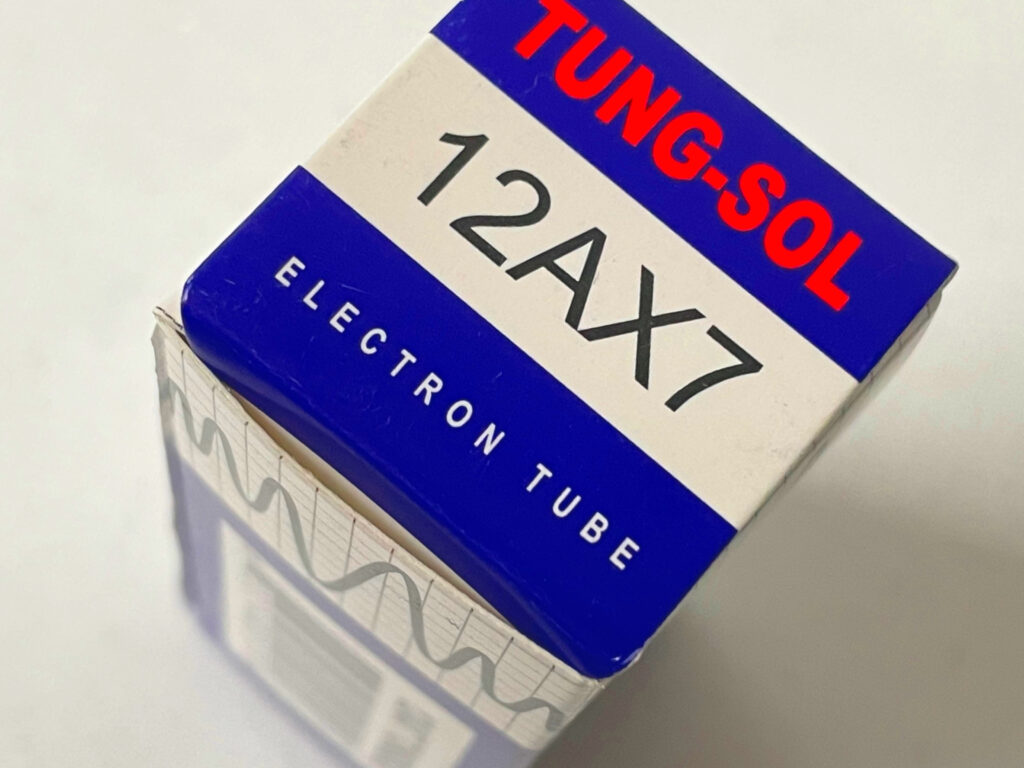
If you’re a jazz or blues guitar player, there is a good chance you’re not interested in much distortion in your tone. You probably seek mostly clean tone. One of the most crucial yet frequently neglected components of any guitar signal chain is the preamp vacuum tube(s) inside the amplifier. In this short post, I will share some tips for experimenting with preamp vacuum tubes that may help you achieve a very desirable and warm jazz and blues guitar tone.
Preamp Vacuum Tubes
Preamp vacuum tubes amplify the signal coming from your guitar by increasing the signal voltage to a level required by the next tubes in the chain (the power tubes). The most popular stock preamp tubes across all guitar amplifiers that have ever been manufactured are 12AX7s, and if you own a tube amplifier, the odds are good that is came with a 12AX7. However, the 12AX7 is not necessarily optimal if you’re a jazz musician looking for a clean, less distorted tone. Instead, the 12AT7 (or even 12AY7 or 12AU7) may be more fitting.
Why the 12AT7 Works Well for Jazz and Blues Guitarists
The 12AT7 won’t amplify the incoming signal from your guitar as much as a 12AX7. At face value, this sounds like a bad thing, the opposite of the desired outcome of amplified sound, but because preamp vacuum tubes are situated early in the amplifier circuit path, decreasing amplification here will maintain a clean tone before your signal hits the power amp stage of your signal chain. This will result in a tone that remains amplified, but sounds cleaner and less distorted.
Experimenting with Preamp Tubes
Amplifiers are pretty forgiving at the preamp stage, so it’s typically fine to swap different tubes out to experiment with your tone and discover what feels best to your ear. I like using new old-stock (NOS) Raytheon or JAN tubes (once they’ve been thoroughly tested). I avoid JJ tubes, which I’m personally not a fan of due to issues I’ve encountered with their longevity.
This is a relatively inexpensive and fun way to experiment with the tone of your guitar amplifier. If you try it, please feel free to post in the comments and share your thoughts and experiences.
Leave a Reply